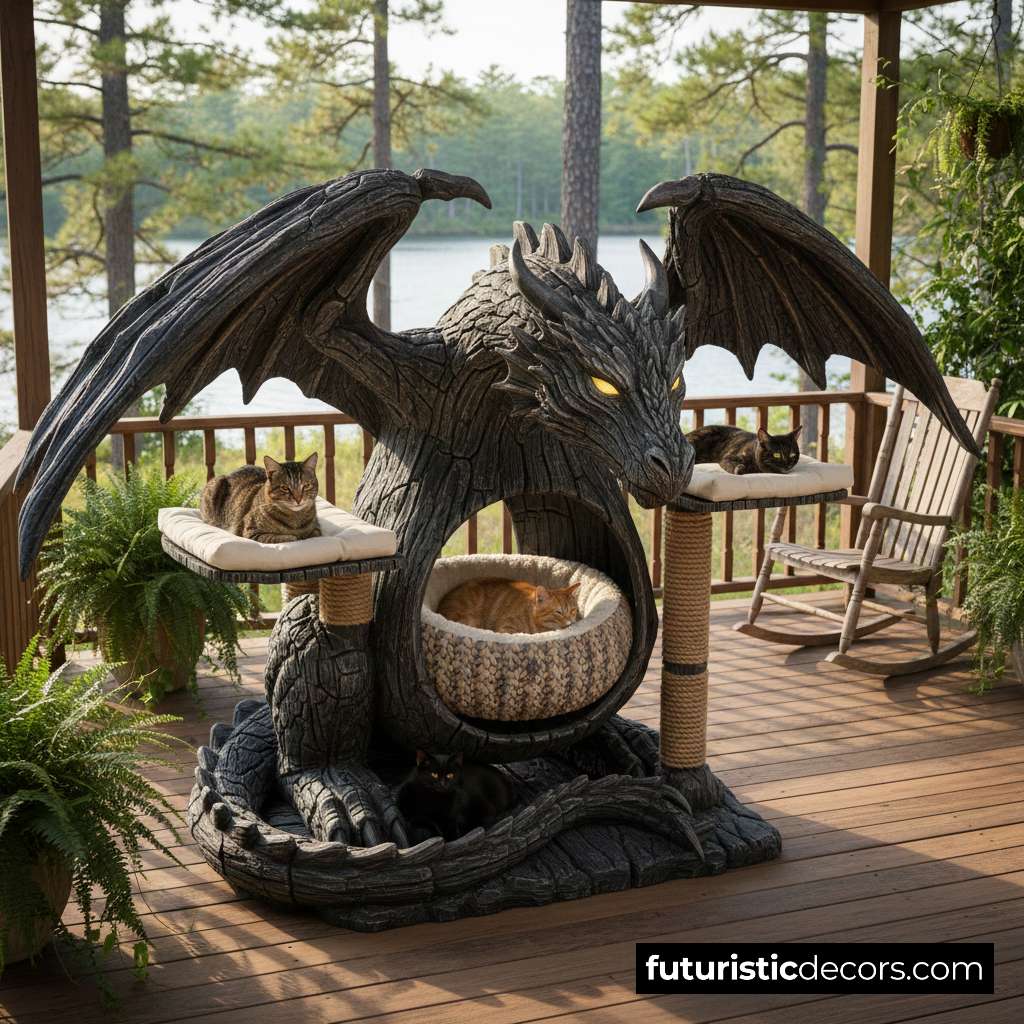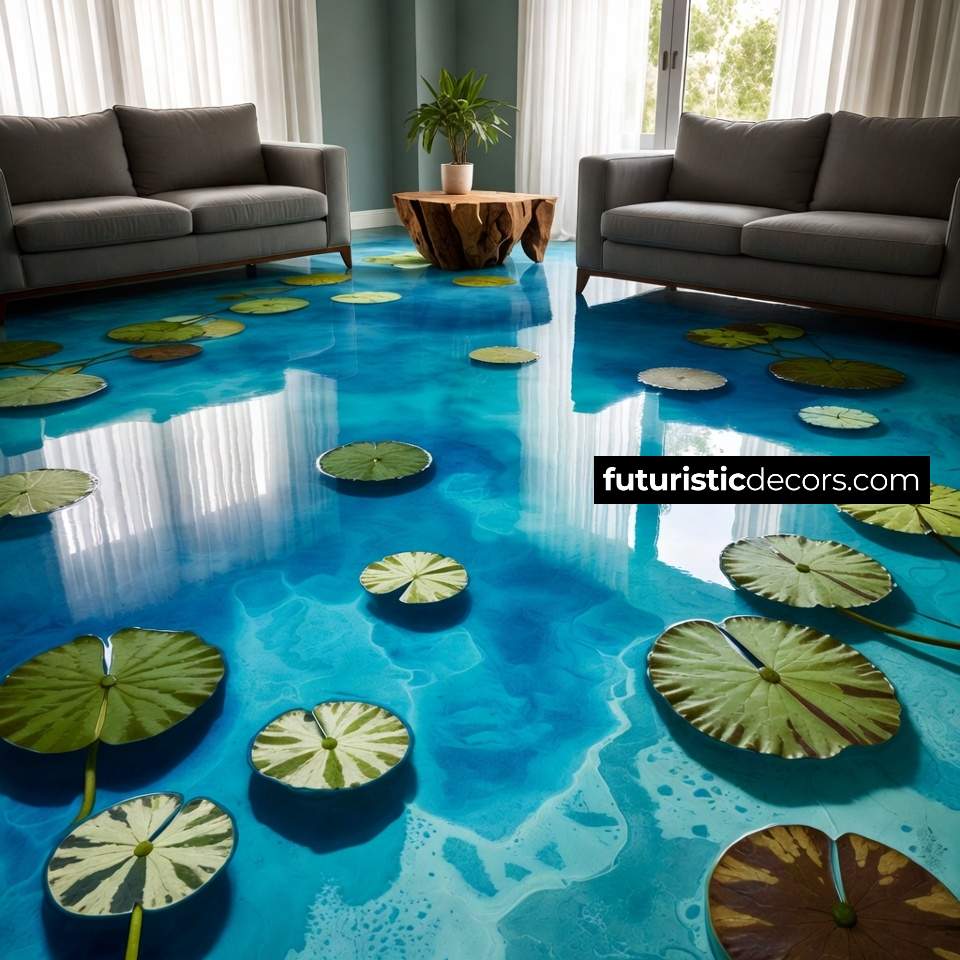Embrace the beauty of reclaimed wood and the whimsical charm of the Arctic with Penguin Pallet Planters. These DIY creations blend eco-friendly upcycling with delightful design, offering gardeners and decor enthusiasts a unique way to bring a frosty flair to patios, porches, and indoor green spaces. In this article, we’ll explore everything from gathering materials and crafting playful penguin silhouettes to selecting the perfect plants for a rustic Arctic tableau. Whether you’re an experienced woodworker or a beginner eager to upcycle, these step-by-step ideas will guide you through every stage of creating your very own Penguin Pallet Planters.
Introduction: The Rise of Upcycled Garden Decor
The world of home and garden design has seen a surge in sustainable, handcrafted decor. Upcycling—transforming discarded items into something new and beautiful—has become a hallmark of eco-conscious creativity. Among these trends, pallet wood projects stand out for their accessibility and versatility. Pallets, often discarded by warehouses and retailers, provide free or low-cost raw material that’s perfect for rustic designs.

Enter the Penguin Pallet Planter, a playful twist on traditional planter boxes. By shaping weathered pallet slats into endearing penguin figures, you can infuse your garden with personality while championing sustainability. These planters not only capture the imagination with their Arctic-inspired silhouettes, but also showcase your commitment to reducing waste and celebrating handmade craftsmanship. In the sections that follow, you’ll learn why these planters are so special, how to source and prepare your wood, and the techniques needed to bring these charming birds to life in your own space.
The Charm of a Rustic Arctic Aesthetic: Penguin Pallet Planters
A rustic Arctic aesthetic evokes cozy cabin memories and the serene beauty of snow-dusted landscapes. Wooden textures, muted whites, and pops of evergreen foliage mirror the frosty hues of polar environments. Penguin Pallet Planters tap into this aesthetic by combining the organic grain of reclaimed wood with simple, nature-inspired shapes.
- Textural Contrast: The rough-hewn look of pallet wood juxtaposed with smooth, painted accents creates visual interest.
- Seasonal Versatility: While perfectly aligned with winter themes, these planters can transition into spring and summer displays by swapping out winter-hardy plants for bright blooms.
- Playful Whimsy: Penguins are universally beloved creatures, lending lighthearted appeal to any decor scheme.

By introducing a touch of Arctic wonder to your garden, you’ll transform everyday planters into conversation pieces that evoke both environmental responsibility and artistic flair.
Why Choose Penguin Pallet Planters?
Before diving into the build process, let’s consider why Penguin Pallet Planters deserve a spot in your DIY repertoire:
Sustainability
Upcycling pallets diverts wood from landfills and reduces demand for new lumber.
Each planter is a statement of eco-awareness, showcasing how discarded materials can be repurposed into artful decor.
Affordability
Pallets are often free or can be sourced inexpensively from local businesses.
Minimal additional investment is required in basic woodworking tools and paint.
Customization
You control size, shape, and finish—create miniature penguins for windowsills or larger figures for garden borders.
Tailor color palettes to your existing decor, from classic black-and-white to pastel-hued Arctic skies.

Ease of Assembly
Projects can be completed in an afternoon, even by beginners with basic tool knowledge.
Clear, step-by-step instructions ensure success and satisfaction.
Whimsical Appeal
Penguins bring a charming, family-friendly vibe that delights children and adults alike.
Perfect for themed events, holiday displays, or everyday garden magic.
Materials and Tools You’ll Need
Gathering the right supplies before starting ensures a smooth workflow. Here’s what you’ll need to craft your Penguin Pallet Planters:
Wood and Structural Components
- Reclaimed Pallet Slats (approximately 6–8 slats per penguin, depending on desired size)
- Plywood Backing (optional, for extra stability)
- Small Wooden Planks (for base/stand if you want freestanding planters)
Fasteners and Accessories
- Wood Screws (1¼” to 2″ length)
- Wood Glue (water-resistant variety)
- Sandpaper (80, 120, and 220 grit)
- Metal L-Brackets (optional, for added reinforcement)
Finishing Materials
- Exterior-Grade Paint (black, white, and optional accent colors)
- Wood Sealer or Outdoor Polyurethane (to protect against moisture)

Tools
- Circular Saw or Handsaw (for cutting slats to size)
- Jigsaw (for cutting penguin silhouette curves)
- Drill/Driver (for pilot holes and screw insertion)
- Clamps (to hold pieces while glue dries)
- Paintbrushes (various sizes for detail and coverage)
- Measuring Tape and Pencil (for marking cuts)
Preparing Your Pallets: Penguin Pallet Planter
The first step in creating Penguin Pallet Planters is transforming rough pallets into workable lumber.
Disassembling Pallets
Use a pry bar and hammer to gently remove slats from the pallet frame.
Work carefully to minimize wood splitting, which helps maintain slat integrity.
Cleaning and Drying
Brush off dirt, debris, and any lingering nails or staples.
Allow slats to fully dry in a well-ventilated area, ideally for 24–48 hours.
Sanding
Start with 80-grit sandpaper to remove rough spots and splinters.
Progress to 120-grit, then finish with 220-grit for a smooth surface ready for painting.
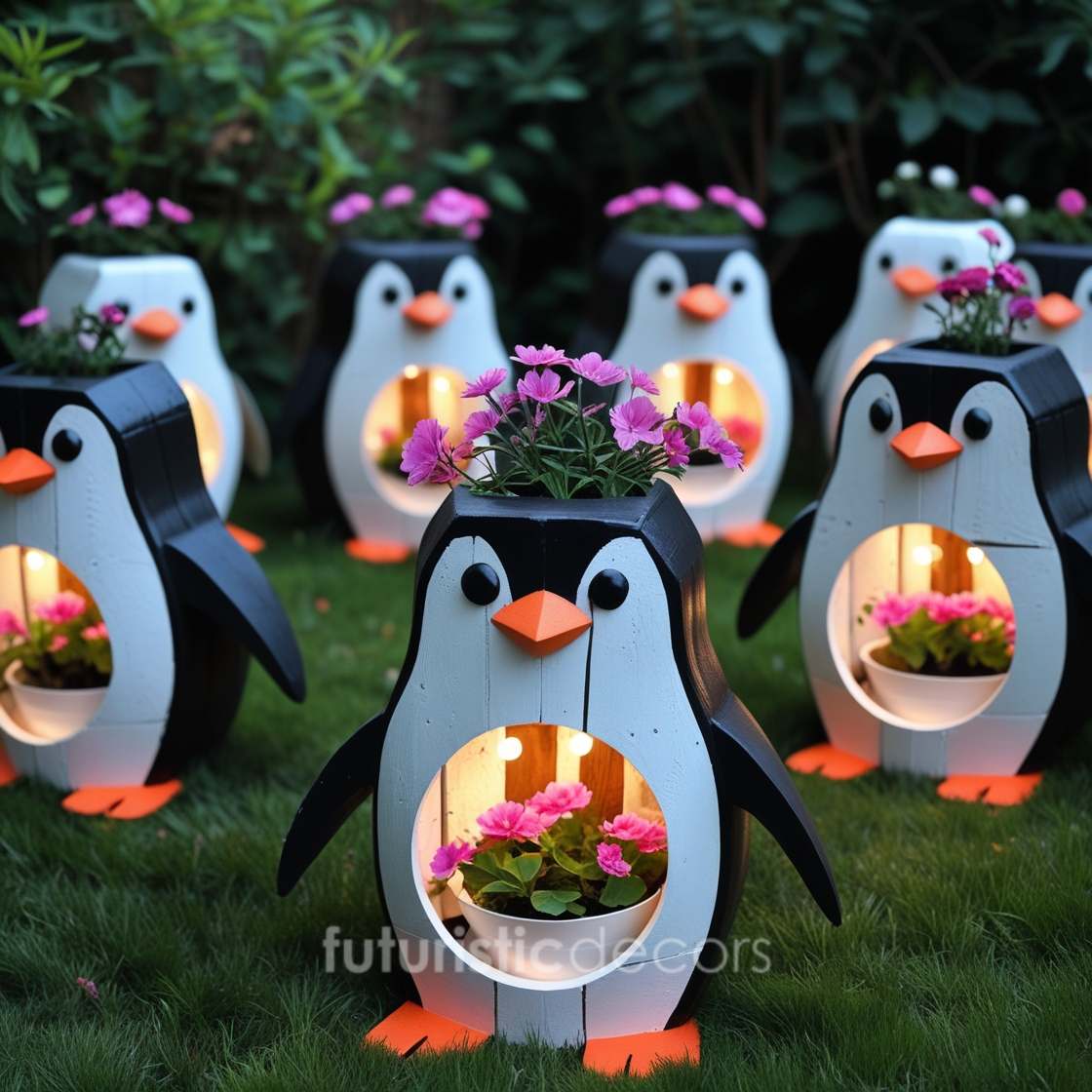
Inspecting for Imperfections
Fill small holes or cracks with exterior wood filler, sanding smooth once cured.
Discard any severely damaged slats that might compromise structural stability.
By taking time during this preparatory stage, you’ll ensure that your Penguin Pallet Planters not only look professional but also withstand the elements over time.
Designing Penguin Silhouettes: Penguin Pallet Planters
A successful Penguin Pallet Planter hinges on a clean, recognizable shape. Follow these tips to create charming silhouettes:
Selecting a Template
Download or sketch a simple penguin outline roughly 18–24 inches tall (adjust size according to space).
Key features: rounded head, tapered body, flipper-shaped wings, and a flat base.
Transferring the Outline
Lay the template against your pallet slat assembly or plywood backing.
Trace carefully with a pencil, ensuring smooth, continuous lines.
Adjusting Scale
For windowsill planters, scale the template down to 12–15 inches.
For garden-scale decorations, you can go as tall as 36 inches.
Planning Cut Lines
Identify where vertical slats may create seam lines.
Consider mounting the silhouette on a single piece of plywood if you prefer seamless curves.
With your design marked, you’re ready to bring these whimsical birds to life with saw and screwdriver.
Step-by-Step Upcycling Process
Follow this comprehensive guide to assemble your Penguin Pallet Planters, combining craftsmanship with fun.
Assembling the Base Structure
Arrange 4–5 pallet slats side by side, ensuring even gaps if desired.
Secure slats together using horizontal crosspieces screwed from the back.
Mounting the Silhouette
Position the traced penguin outline on the slat assembly or plywood.
Use clamps to keep the template steady as you trace the final outline.
Cutting the Shape
With a jigsaw, cut along the pencil line slowly, following curves precisely.
For tight curves around the head and flippers, make relief cuts perpendicular to the edge for easier maneuvering.
Reinforcing Joints
Apply wood glue between joints where slats meet, then drive screws through crosspieces into each slat.
Countersink screws slightly and fill with wood filler for a smooth finish.
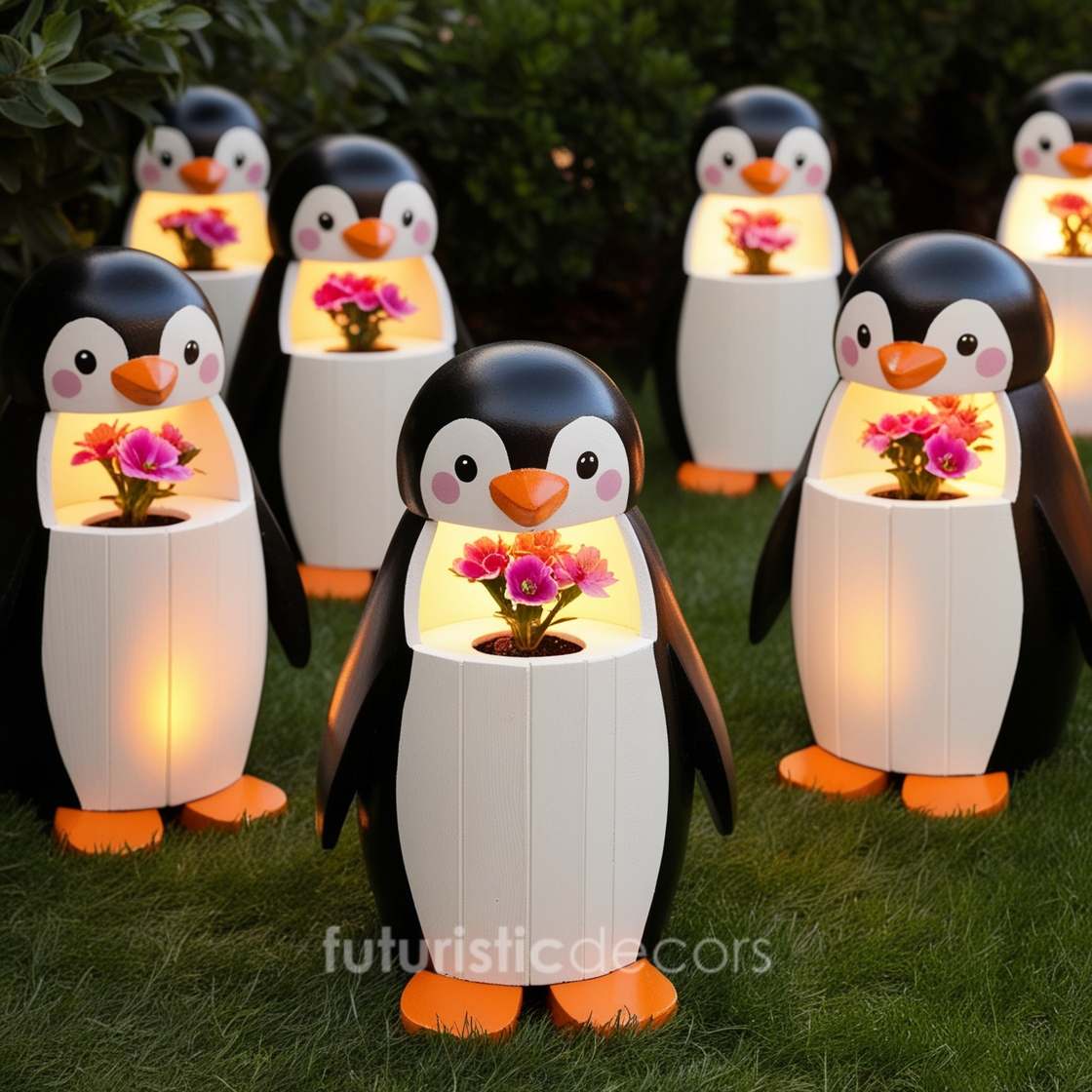
Creating the Planter Box
Assemble a simple box from 1×4 planks sized to the back width of your penguin.
Line the inside with landscape fabric or a plastic liner punctured for drainage.
Attaching the Box to the Penguin
Secure the planter box to the back of the penguin silhouette using screws or L-brackets.
Ensure the box sits flush and centered for balanced weight distribution.
Test-Fitting Plants
Before painting, place pots or soil-filled liners inside to verify fit.
Adjust box dimensions or add shims if necessary.
Link to buy similar products: Click here
Painting and Finishing Touches
A crisp black-and-white paint job brings the penguin to life, while a protective sealant guards against weathering.
Priming
Apply a coat of exterior wood primer, focusing on end grain and cut edges.
Allow to dry fully (check manufacturer’s instructions).
Base Coat
Paint the body with matte black exterior paint, leaving the belly area unpainted for white fill.
Two thin coats yield more even coverage than one thick coat.
Detail Work
Once the black is dry, mask the belly and face areas with painter’s tape.
Fill these sections with bright white paint for classic penguin markings.
Add optional accents—orange beak, rosy cheeks, or even snowflake motifs—for personality.
Protective Seal
Seal the entire piece with a clear outdoor polyurethane or sealer.
This layer repels moisture, UV damage, and fading.
Final Assembly
Reattach the planter box if you’d removed it for painting.
Touch up any hardware or visible screw heads with paint to blend.
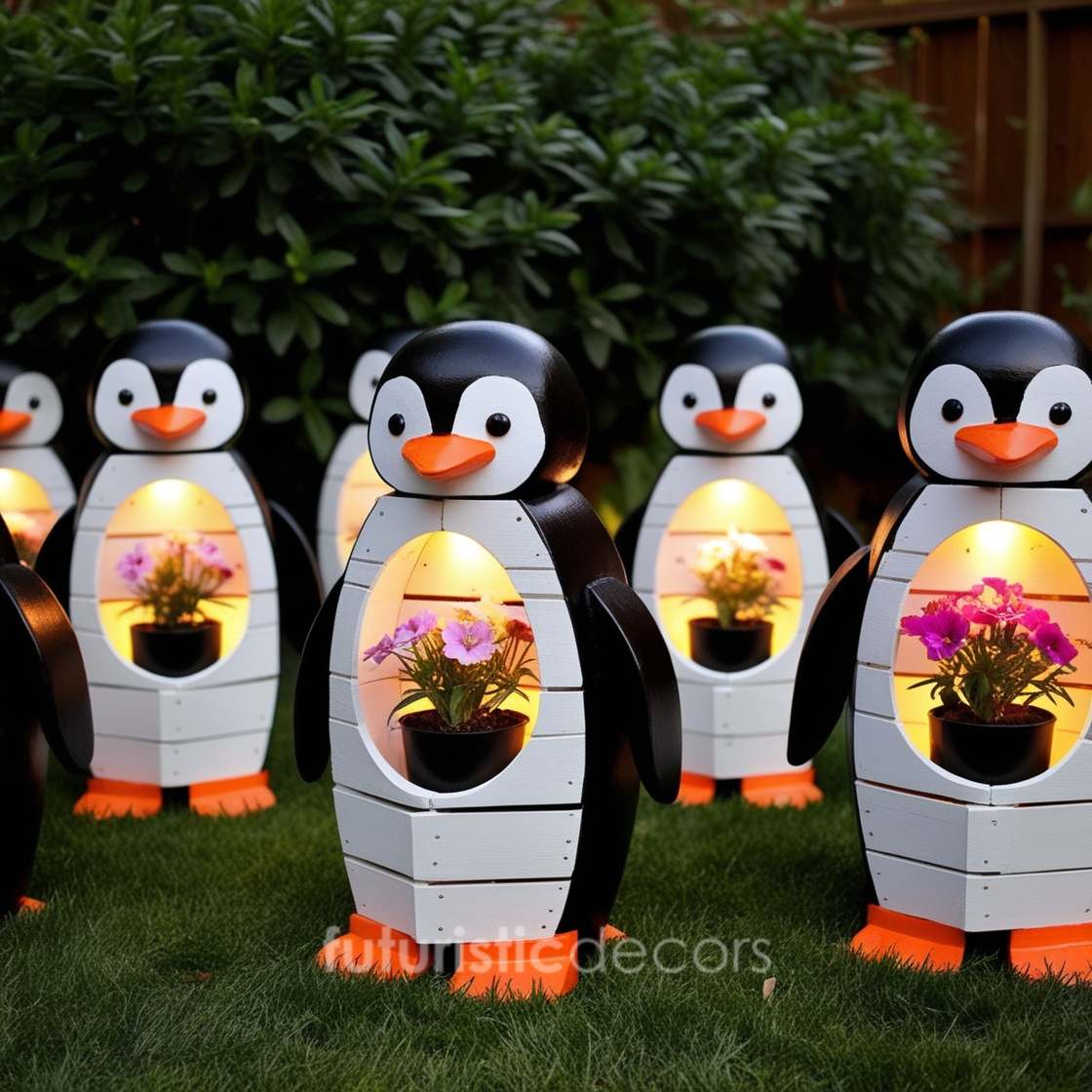
Choosing the Right Plants: Penguin Pallet Planters
The best greenery for your Penguin Pallet Planters depends on where you display them and the climate you live in.
| Display Location | Ideal Plants |
|---|---|
| Outdoor, full sun | Sedums, creeping thyme, lavender |
| Outdoor, partial shade | Ferns, hostas, impatiens |
| Indoor, bright light | Spider plants, pothos, small succulents |
| Indoor, low light | ZZ plants, snake plants |
- Winter-Ready Picks: For a year-round Nordic vibe, choose evergreens like dwarf spruce or juniper.
- Seasonal Swaps: In summer, let petunias or trailing lobelia spill over edges for vibrant color.
- Mixed Textures: Combine trailing vines with upright spikes for dynamic contrast—think ivy mixed with ornamental grasses.
Ensure adequate drainage and select plants suited to the planter’s depth (4–6 inches of soil is ideal for many annuals and herbs).
Styling and Display Ideas
Once your Penguin Pallet Planters are complete, consider creative ways to showcase them:
Arctic Garden Corner
Group a family of three planters in varying sizes to mimic a penguin colony on an icy shore.
Surround with white gravel or bleached driftwood for a frosty tableau.
Entryway Welcome
Flank your front door with life-size penguins bearing seasonal greenery—mini Christmas trees in winter, colorful annuals in spring.
Indoor Statement Piece
Position a single planter near a sunny window.
Swap out plants according to holidays: poinsettias for December, tulips for April.
Patio Ice Bar
Incorporate your planters into outdoor entertaining by adding a small shelf between two identical penguins—perfect for holding drinks or decor.
Themed Events
Use these planters as centerpieces for winter weddings, Arctic-themed parties, or holiday markets.
Personalize with name tags or LED string lights for ambiance.
Maintenance and Winter Care
To keep your Penguin Pallet Planters looking their best season after season, follow these tips:
- Regular Cleaning: Brush off dirt and check for mildew. Wipe painted surfaces with a damp cloth.
- Inspect Hardware: Tighten any loose screws or brackets in spring and fall.
- Re-sealannually: A fresh coat of clear sealer each spring preserves paint and prevents wood decay.
- Winter Protection: If you live in freezing climates, consider moving planters to a sheltered location or wrapping them in breathable burlap to prevent moisture intrusion.
- Plant Health: Remove spent blooms, trim dead foliage, and replenish soil nutrients with seasonal fertilization.
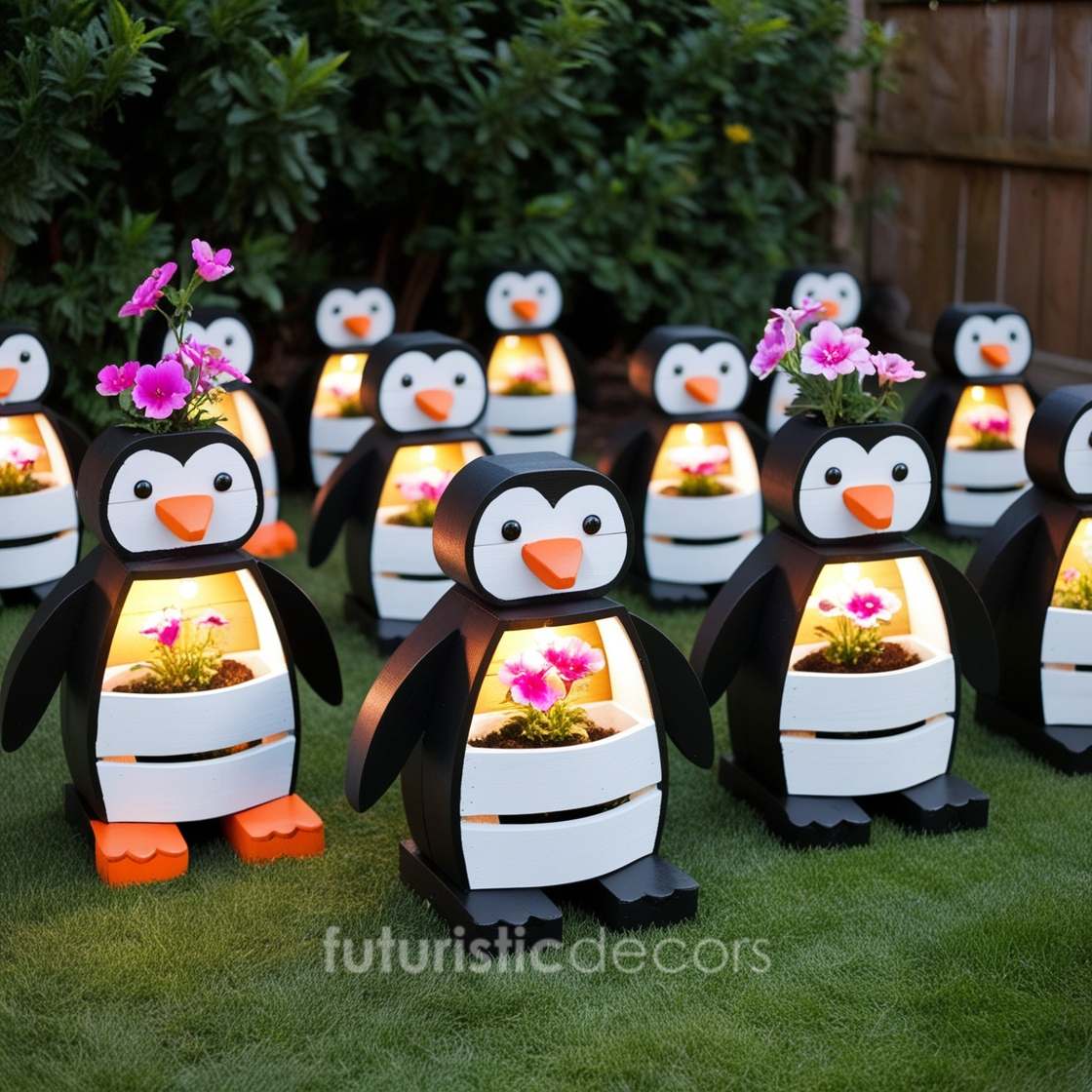
Simple upkeep ensures that these whimsical planters continue to enchant guests and complement your decor year after year.
FAQs About Penguin Pallet Planters
1. What are Penguin Pallet Planters made from?
Penguin Pallet Planters are crafted primarily from reclaimed pallet slats, plywood backing (optional), and small wooden planks for the planter box. All wood is sanded, primed, and sealed for outdoor durability.
2. Do I need special tools to build Penguin Pallet Planters?
No. Basic woodworking tools suffice: a saw (circular or handsaw), jigsaw for curves, drill with screwdriver bits, clamps, and sanding blocks. If you’re a beginner, you can often borrow or rent tools from local hardware stores.
3. How long does it take to complete one Penguin Pallet Planter?
For a beginner, expect 4–6 hours spread over a weekend—this includes disassembling pallets, sanding, cutting the silhouette, assembling the box, painting, and sealing. Experienced DIYers can finish in a single afternoon.
4. Can Penguin Pallet Planters withstand outdoor conditions?
Yes. By using exterior-grade primer and paint, plus a clear outdoor sealant or polyurethane, these planters are protected against moisture, UV damage, and seasonal temperature changes. Annual resealing is recommended for longevity.
5. What plants work best in Penguin Pallet Planters?
- Full sun: Succulents, sedums, lavender, creeping thyme
- Partial shade: Ferns, hostas, impatiens
- Indoor bright light: Spider plants, pothos, small succulents
- Indoor low light: Snake plants, ZZ plants
Choose shallow-rooted plants for the typical 4–6″ soil depth in these boxes.
6. How do I ensure proper drainage?
Line the inside of the planter box with landscape fabric or a plastic liner punctured to allow water to flow through. Place a layer of gravel or small stones at the bottom before adding potting mix to prevent waterlogging.
7. What size should Penguin Pallet Planters be?
- Windowsill or tabletop: 12–15″ height for petite versions
- Standard garden décor: 18–24″ height for average silhouettes
- Statement pieces: Up to 36″ tall for dramatic effect
Adjust width to accommodate the number of slats and the planter box depth you need.
8. Can I customize the color scheme?
Absolutely. The classic look uses matte black for the body and bright white for the belly, with optional orange or pastel accents for beaks and flippers. Feel free to experiment with coastal blues, icy grays, or even metallic finishes for a modern twist.
9. How do I protect my Penguin Pallet Planters in winter?
In climates with freezing temperatures, move planters under a covered porch or wrap them in breathable burlap to prevent wood from absorbing moisture and cracking. Remove any delicate plants and replace with hardy evergreens if desired.
10. Where can I source free or inexpensive pallets?
Check with local warehouses, home improvement stores, garden centers, or grocery retailers—many discard pallets regularly. Online community boards and “freecycle” groups are also great places to find pallets for upcycling.
Conclusion: Penguin Pallet Planters
With Penguin Pallet Planters, you merge sustainability, creativity, and Arctic-inspired style into one delightful DIY project. By upcycling reclaimed pallet wood into adorable penguin silhouettes, you reduce waste, save money, and craft decor that sparks conversation. Whether displayed on a patio, gracing an entryway, or brightening an indoor nook, these planters offer endless opportunities for personalization—paint schemes, plant choices, and groupings all contribute to a bespoke rustic Arctic aesthetic. Gather your tools, unleash your imagination, and let your garden march to the beat of waddle-clad charm!


